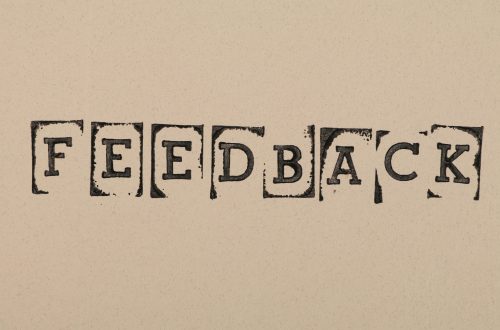Virtual Symposium: 5 Key Takeaways
Video link: https://youtu.be/uL-nDFaAygo
Transcript:
Slide 1. Hi everyone, this is the Valancy Virtual Symposium on 5 key takeaways from Fall 2024’s INFO 287 with Dr. Michael Stephens. Overall, the Hyperlinked Library has been really eye-opening for me, especially as someone who’s new to the library field. Though some of my previous classes have discussed libraries evolving and changing their definitions in theory, this course offered a lot of real-life experiences and examples on how that’s actually happening out there.
Slide 2. So, number 1: the flattened staff hierarchies of the Hyperlinked Model. This point in particular has been on my mind lately, because I work in a really tiny branch where most of the responsibilities are shared among all of us. Of course, we’re not really part of the super technical stuff like collection development or administrative decisions; but still, for the most part, we all do a bit of everything and our work is very dynamic. And the reason it’s been on my mind is that recently other branch staff covered shifts in my library, and I saw them hesitate a lot during some daily workflows that us regulars just don’t think twice about. And I’m really grateful to them for covering; it just illustrated for me how librarians who specialize in one area can be a bit lost in other roles. I’ve also now seen how those people, when they leave, can kind of jar library operations to a stop. I spoke with a reference librarian recently who just took her first few days off of the year, because in the past when she takes leave, no one really knows how to do her job and she’s left a mess to clean up when she comes back. So this is a concept I really hope to introduce at any job I have in the future—I want to be a “Full Stack” staff.
Slide 3. Number 2: the Long Tail of users. This concept has really stuck with me since we first read about it early in the semester. I think it embodies the hyperlinked intent to reach all users, not just those who visit the library or are otherwise obvious to us. I just really love the idea of reaching diverse user groups by going out into the community—kind of taking the library to them, instead of the other way around. And offering equitable programming and technology access. And just overall trying to pay attention to the needs of those who might not be speaking up, because they’re part of our communities too and we should serve them.
Slide 4. Number 3: crossing the frontier into chaos. This concept made my list because I am a major introvert and many of the program ideas listed in our modules are things I find super inspiring but wayyy outside of my current comfort zone. So this is gonna be a takeaway for me because I want to remember that the reward can outweigh the risks of an innovative program, even if we have to deal with a little bit of discomfort as we adjust. It’s just a reminder to me that to evolve, libraries have to redefine their boundaries—and they can’t do that unless the librarians themselves are willing to jump in feet first.
Slide 5. Number 4: blogging, both personal and when representing your institution. This semester opened my eyes to how widespread blogging is in the library field, and how many information gems are shared by experts in their own blogs. I’ve also found it to be a good platform for synthesizing thoughts and ideas on the lessons we’ve learned, and it really made me engage with content in a personal and reflective way that other assignments just don’t do. Also, I really like the idea of library blogs for reciprocal exchanges with your users that allow for participatory services.
Slide 6. And that leads me into number 5: participatory services, a concept that deserves its own slide. I have already witnessed a bit of a librarian attitude where someone goes, “oh we’re the experts, we know what’s best for our patrons.” And while I think that is a nuanced topic, I don’t ever want to get so wrapped up in research and things that work for other libraries that I ignore what my own community wants and needs. I think it’s very prudent to involve potential users in every step of the design process, rather than just consulting them at the start and then taking the reins. This is just another way to ensure our programs and materials get used, and people feel like they belong in our spaces. And that’s it, thank you so much! Have a great rest of your year.
@valancy

